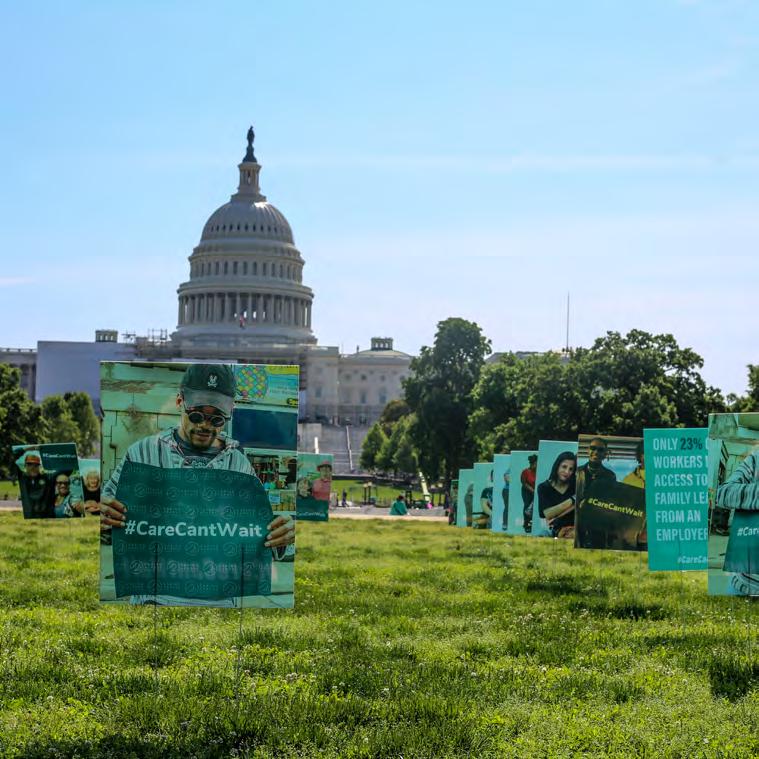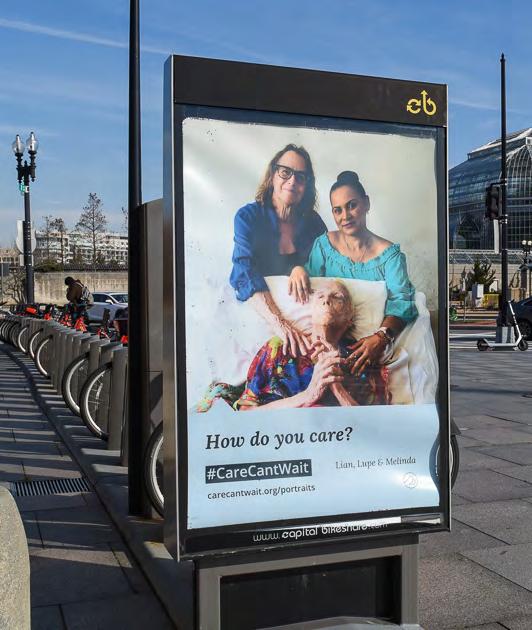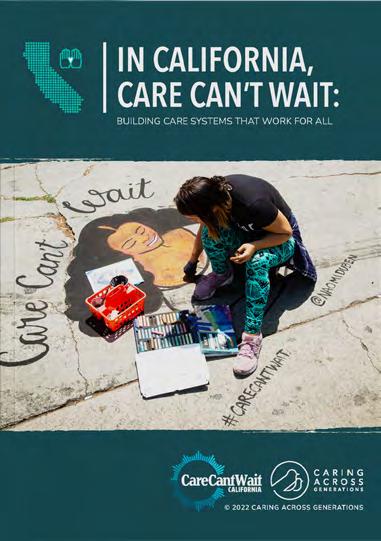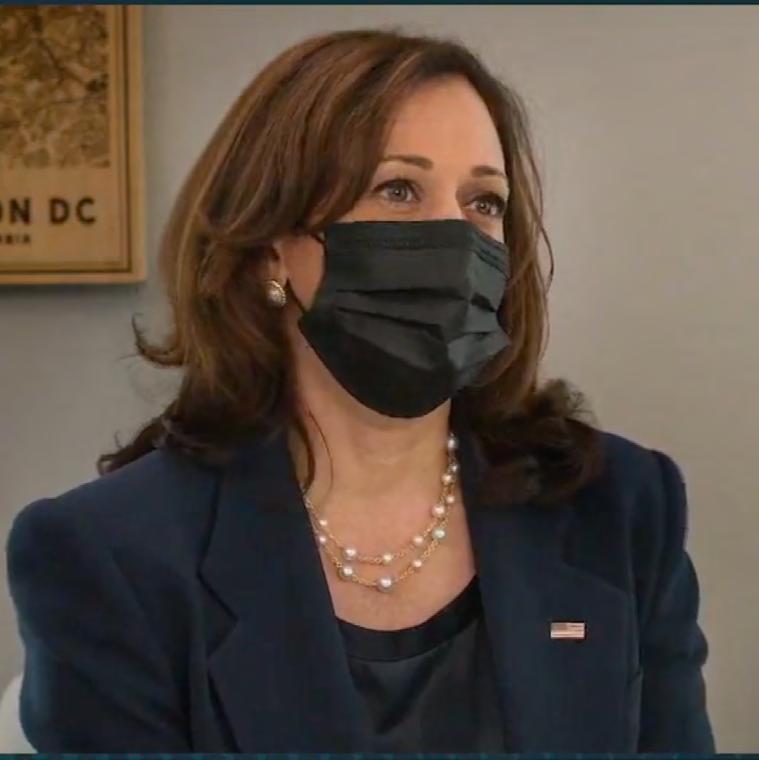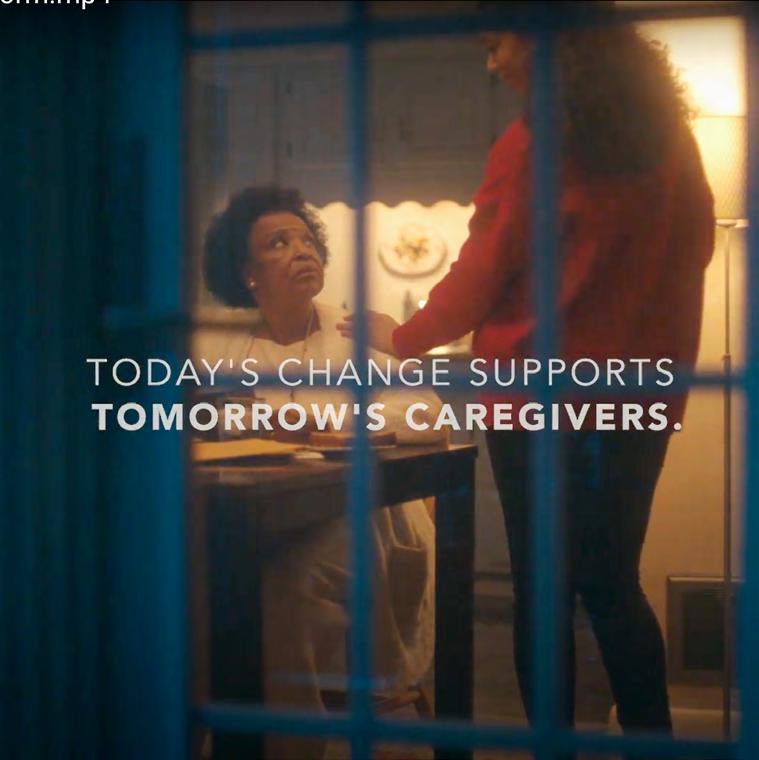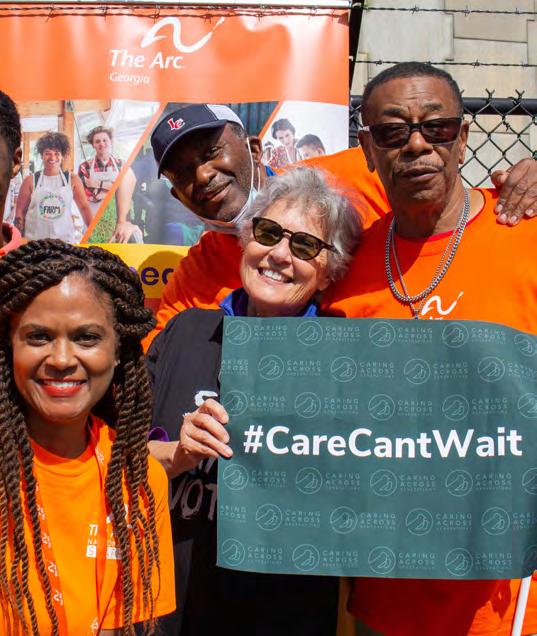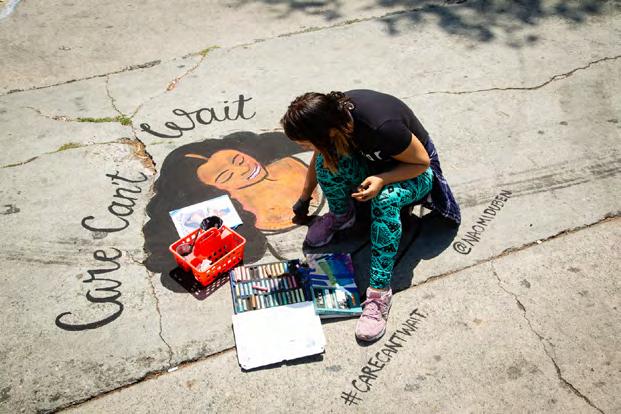
1 minute read
Policy research
We are working closely with public policy and social science experts to understand what sustainable public solutions to care could look like in practice.
This past year, we invested in training our advocacy team in quantitative methods and data visualization. We have used these new skills to create reports and fact sheets for our state and local partners, used geographic mapping tools to help decision-makers and advocates visualize geographic disparities in care needs, and analyzed disparities related to our care pillars by race/ethnicity, socioeconomic status and gender using national survey data.
Advertisement
At the same time, we have deepened existing relationships and continue to build new partnerships with academic and policy researchers who study care to support our longterm goal of increasing research on LTSS and HCBS.
In November, we released the Home- and Community-Based Services Federal Legislative Update with our coalition partner, Justice in Aging. Together, we utilized this memo to ensure advocates had an understanding of how HCBS policy evolved in 2022 and what to expect in 2023.
At the local level, we are using research to advance our work on Care Can’t Wait in the States. Following the 2022 release of our report, In California, Care Can’t Wait, we are building the coalition infrastructure that will make envisioning Universal Family Care possible, bringing together child care, paid leave and home and community based service advocates together, while helping to drive the statewide campaign for a universal long term care benefit forward. We will also continue to implement the campaign to introduce a LTSS benefit in Michigan. Finally, coalition-building efforts are ongoing in Georgia and Illinois, and we are working towards acquiring four to five legislative champions and developing a legislative framework to propose in each state by the end of 2023.
geography, disability, and other factors. Join us to win these policy changes so all Americans can live at home and age with dignity!
to expand and strengthen HCBS. States have until March 31, 2025, to spend these ARPA funds.
HERE’S WHERE WE’VE BEEN The American Rescue Plan Act (ARPA) This legislation, signed into law on March 11, 2021, provided states with enhanced federal dollars

• Why this matters: These stopgap funds have supported states to weather the pandemic, address direct care workforce needs, and try new things to improve HCBS. Every state bipartisan support for improving HCBS. With state re-investment, this was a more than $25 chose to take advantage of this temporary funding. This shows the huge need and billion investment.
• What was missing: This funding was short-term, states do not have guaranteed funds to make long-term wage increases and meaningfully expand access to services. care for loved ones
